


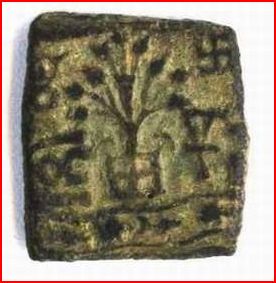
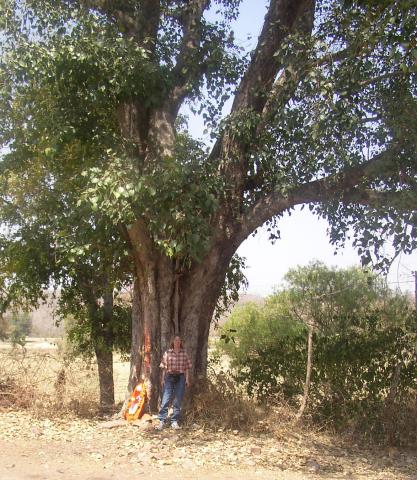
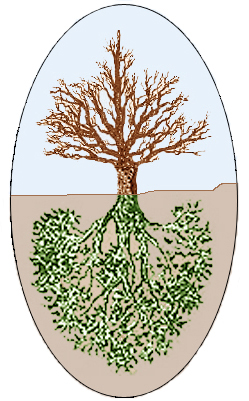
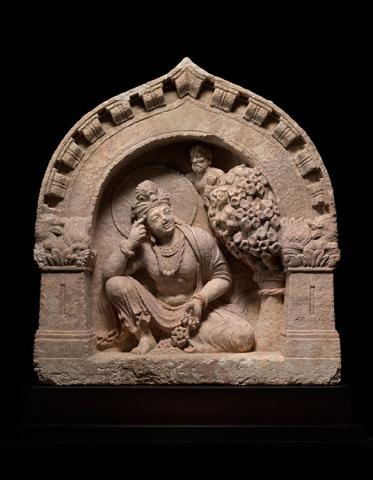

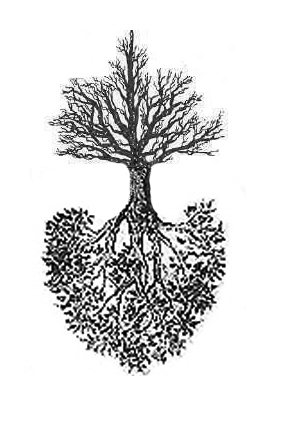
"Of all the trees I am Ashvattha"
The question naturally arises: Why such a highly exalted honored position is accorded to the Ashvattha tree?
The answer is straight: Bhagavan Sri Krishna himself has proclaimed in his Bhagvadgita: Ashvatthahsarvavrksanam = "Among all the trees I am the Asvattha!"
It is honored since it is the holiest of all the holy trees. It can very well stand as a true symbol (satya pratika) of OM, which in turn is the true symbol of the Parabrahma Paramatman.
Called the ashvattha in Sanskrit, the peepal or Bodhi tree "the sacred fig" (Ficus religiosa) is a very large tree with light grey bark that is smooth and peels in patches. Its heart-shaped leaves have long tapering points. The fruit is a small purple fig when ripened. This tree is a species of the banyan fig native to India and surrounding Asian countries. Considered sacred by the following religions of the world, Hinduism, Jainism and Buddhism, it has become a well known symbol for happiness, prosperity, longevity and good luck.
Hindu sadhus (wandering monks) still mediate below this sacred tree. Pradakshina (circumambulation) is practiced by Hindus as a mark of worship, walking around the tree in clockwise direction. String may be visable wrapped around this sacred tree.
Some believe that the tree houses the Trimurti, the roots being Brahma, the trunk Vishnu and the leaves Shiva. The gods are said to hold their councils under this tree and so it is associated with spiritual understanding.
In the Upanishads, the fruit of the peepal is used as an example to explain the difference between the body and the soul: the body is like the fruit which, being outside, feels and enjoys things, while the soul is like the seed, which is inside and therefore witnesses things.
To cut down a peepal is considered a sin equivalent to killing a Brahmin, one of the five deadly sins or Panchapataka. According to the Skanda Purana, a person goes to hell for doing so.
The peepal is sacred to Buddhists, because the Buddha is believed to have attained enlightenment under it. Hence it is also called the Bodhi tree or 'tree of enlightenment'. For the Hindu's is was Siddhartha who sat under the Bodhi tree as illustrated in legends and sculptures found.
During the 1st Century punch mark coins were in circulation all over India. The ashvatta tree symbol has been found on some ancient coins of this era.
Siddhartha Under Bodhi Tree


Ancient punch mark coin with image of Ashvatta tree
Budda attaining enlightenment under the peepal tree
Barren women circumambulates the tree with string
Linda standing under Ashvatta Tree along road to Omkareshvara. Small shrine to Lord Shiva at foot of tree.
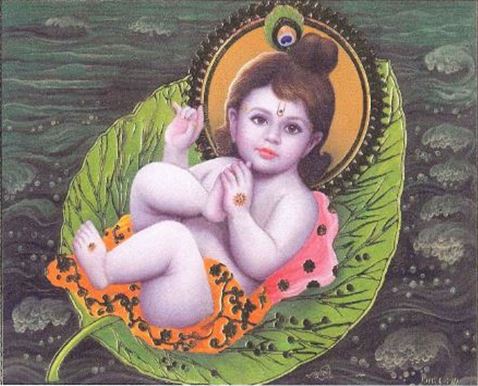
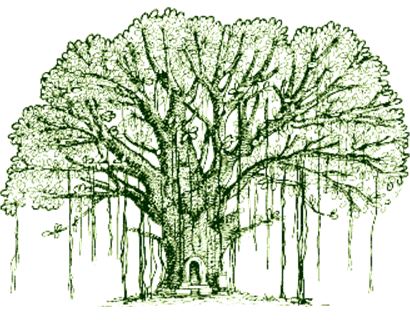
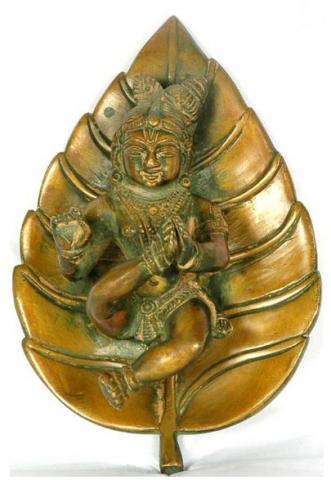
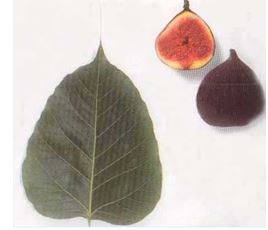


Tree of Roots above; branches below; this Ashvattha is reputed to be imperishable; whose leaves are the Vedas; One who knows this is a knower of all the vedas.
Kathopanishad and Bhagavadgita
Baby Krishna floating on Peepal leaf
It is said that Krishna died under a Bodhi Tree
Ashvatta - Peepal - Bodhi Tree

The world-tree rooted in Brahma.
Its root is above, its branches below--
This eternal fig tree
That (root) indeed is the Pure. That is Brahma.
That indeed is called the Immortal.
On it all the worlds do rest,
And no one soever goes beyond.
Bhagavadgita - named Purusottama - Yoga

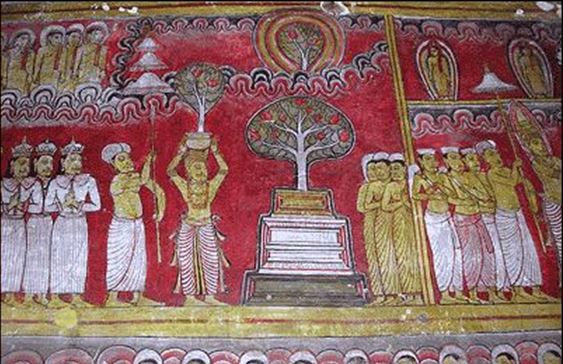
Mural at Damulla
Honoring the Bodhi Tree
Om Shanti Mandiram